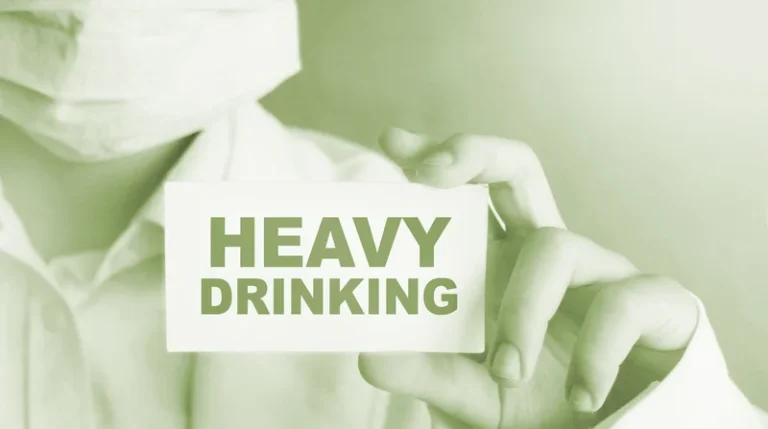
Then a dose of 250 mg of thiamine should be continued once daily for 3 to 5 days depending on response (37). Patients with manifest Wernicke-Korsakoff syndrome may benefit from a treatment period of up to 2 weeks. It has been speculated that patients who are in a catabolic state or under the influence of alcohol have https://ecosoberhouse.com/ reduced ability to store thiamine because enzymes depending on thiamine are downregulated or protein binding is altered by the influence of alcohol (16).

Alcohol Seizures and Their Connection to Withdrawal
- Alcohol causes intoxication through effects on diverse ion channels and neurotransmitter receptors, including GABAA receptors—particularly those containing δ subunits that are localized extrasynaptically and mediate tonic inhibition—and N-methyl-D-aspartate (NMDA) receptors.
- Gait may become unstable from sensory ataxia once proprioception is significantly affected.
- This is the most severe manifestation of alcohol withdrawal syndrome and progresses 48 to 72 hours after consumption cessation, lasting up to 14 days, with a mortality of 1% (44; 27).
- The incidence of EEG abnormalities (focal slowing or epileptiform activity) is lower among patients with alcohol withdrawal seizures than in those with seizures of other etiologies.
- Subsequently, benzodiazepines were slowly tapered, counseling and outpatient preventive care were arranged, and long-term alcohol abstinence encouraged.
This is thought to reflect compensatory neural activity, induced by the depressant effects of alcohol, that is unmasked when the drug is withdrawn from the brain (Finn and Crabbe, 1997; Littleton, 1998; Becker, 2000). Both electrographic and behavioral measures of withdrawal-related seizure activity have been extensively documented in animals and humans (Victor, 1970; Deitrich et al., 1996; Porjesz and Begleiter, 1996; Becker, 2000). Electrographic measures include increased frequency of spontaneous as well as evoked perturbations in electroencephalogram (EEG) activity that include spike and sharp-wave epileptiform activity and more global synchronized high-voltage spindling activity. In animal studies, motor convulsions may occur spontaneously, but can be more readily elicited by exposure to sensory stimuli (e.g., audiogenic), handling manipulation, electroconvulsive stimulation, and various chemoconvulsant agents. Both electrographic and behavioral measures of withdrawal-related seizure activity in animals are highly sensitive to clinically effective anticonvulsants (Crabbe, 1992; Becker, 1996; Watson et al., 1997; Becker and Veatch, 2002; Veatch and Becker, 2005).
Clinical Categories

A 2018 study that followed 9,087 participants for 23 years found that people who did not drink alcohol in midlife were more likely to develop dementia. Dementia risk was lowest among those who consumed 14 or fewer units of alcohol per week. Alcohol is a risk factor for traumatic brain injuries (TBI) due to falls, car accidents, fights, and other blows to the head. According to a 2010 analysis, 35–81% of people who seek treatment for a TBI are intoxicated.

Binge Drinking Seizures

Laboratory tests and imaging studies are critical in diagnosing alcohol seizures and providing appropriate care. Alcohol can provoke seizures by interfering with neurotransmitters in the brain, particularly GABA, which regulates neuronal excitability. Alterations in GABA levels can disrupt brain activity and precipitate seizure events.

- Given the ubiquitous nature of alcoholism in society, its complications have been clinically recognized for generations, with recent advances focusing on improved understanding of ethanol’s biochemical targets and the pathophysiology of its complications.
- This article explores how alcohol affects people with epilepsy and provides recommendations for how much alcohol is best to consume.
- Improvement after cessation of disulfiram is typically seen, but prognosis is related to the severity and the degree of axonal loss.
- The symptoms of ARBD vary, but include problems with cognitive functioning (thinking and understanding) and memory, alongside physical symptoms.
- According to a Cochrane review, there is insufficient evidence to guide the selection of dose, frequency, route, or duration of thiamine for prophylaxis or treatment of Wernicke-Korsakoff syndrome (12).
- Those who have a history of detoxification are more likely to experience seizures during alcohol withdrawal.
Once a person stops using alcohol, they withdrawal seizures symptoms can often experience recovery from symptoms, though in some cases, some damage may be permanent. Risks for the baby can include brain damage and developmental, cognitive, and behavioral issues. No amount of alcohol is safe to drink while pregnant, according to the CDC. According to a 2017 review, muscle myopathy is common in alcohol use disorder. In addition, about 40 to 60 percent of people who experience chronic alcohol misuse also experience alcohol-related myopathy.
- Patients may be advised to consume non-caffeinated fluids and take a daily multivitamin with folic acid and thiamine to support overall health during withdrawal.
- The person’s face may turn bluish if they have trouble breathing during a prolonged seizure.
- Death occurs in nearly 20% of patients with delayed treatment.9 EEG and CSF analysis may exclude other explanatory or concomitant conditions, but these tests are generally unrevealing in central thiamine deficiency states.
- Before a seizure, people may experience an aura or feel a change in sensation — such as smell, taste, sound, or vision — due to abnormal activity in the brain.
- Korsakoff’s syndrome can occur in the absence of alcohol use; however, the disease rarely follows Wernicke’s syndrome in nonalcoholics.
